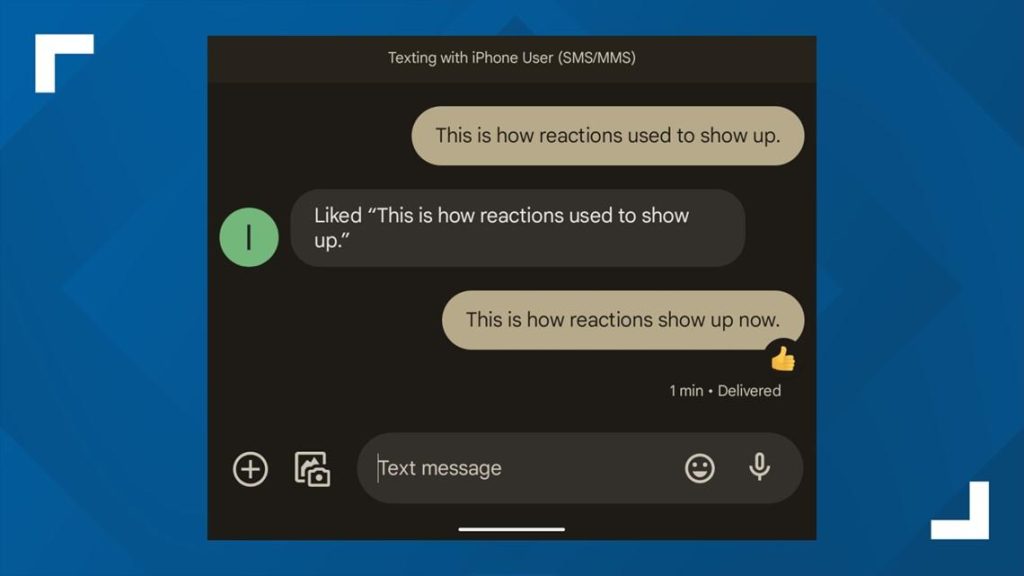In the ever-evolving landscape of digital communication, subtle shifts often make a world of difference. Apple’s iMessage, long celebrated for its seamless and expressive user experience, has just taken a small but significant step toward bridging the gap between ecosystems. Now, when iMessage users send reactions-those quick taps of emotion-Android users see them as emojis, transforming what was once a source of confusion into a shared moment of understanding. This change may seem minor, but it marks a noteworthy stride in making cross-platform conversations feel just a little more connected.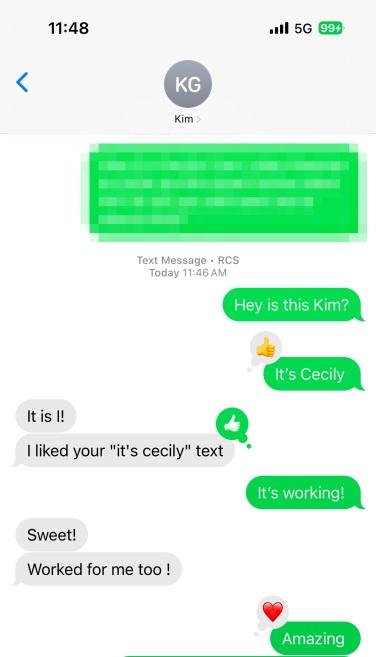
iMessage Reactions Cross the Divide Enhancing Android Messaging Experience
Android users are finally getting a taste of the expressive flair long enjoyed by their iOS counterparts. When an iMessage user reacts to a message, those subtle gestures now translate into familiar, vibrant emojis on Android devices. This update bridges the communication gap, replacing previously confusing text notifications like “Liked” or “Loved” with visually engaging icons such as ❤️, 👍, and 😂. The change makes group chats and cross-platform conversations smoother, more intuitive, and visually cohesive.
Here’s what Android users can now expect when interacting with iMessages:
- Heart, thumbs-up, laughter, and more: iMessage reactions map directly to universally recognized emojis.
- Smoother conversation flow: Reaction emojis appear inline with messages, reducing clutter and confusion.
- Better context: Users instantly get the emotional tone behind reactions without extra explanation.
| iMessage Reaction | Android Emoji Equivalent |
|---|---|
| ❤️ Loved | ❤️ |
| 👍 Liked | 👍 |
| 😂 Laughed | 😂 |
| 😮 Emphasized | 😮 |
| 😢 Disliked | 😢 |
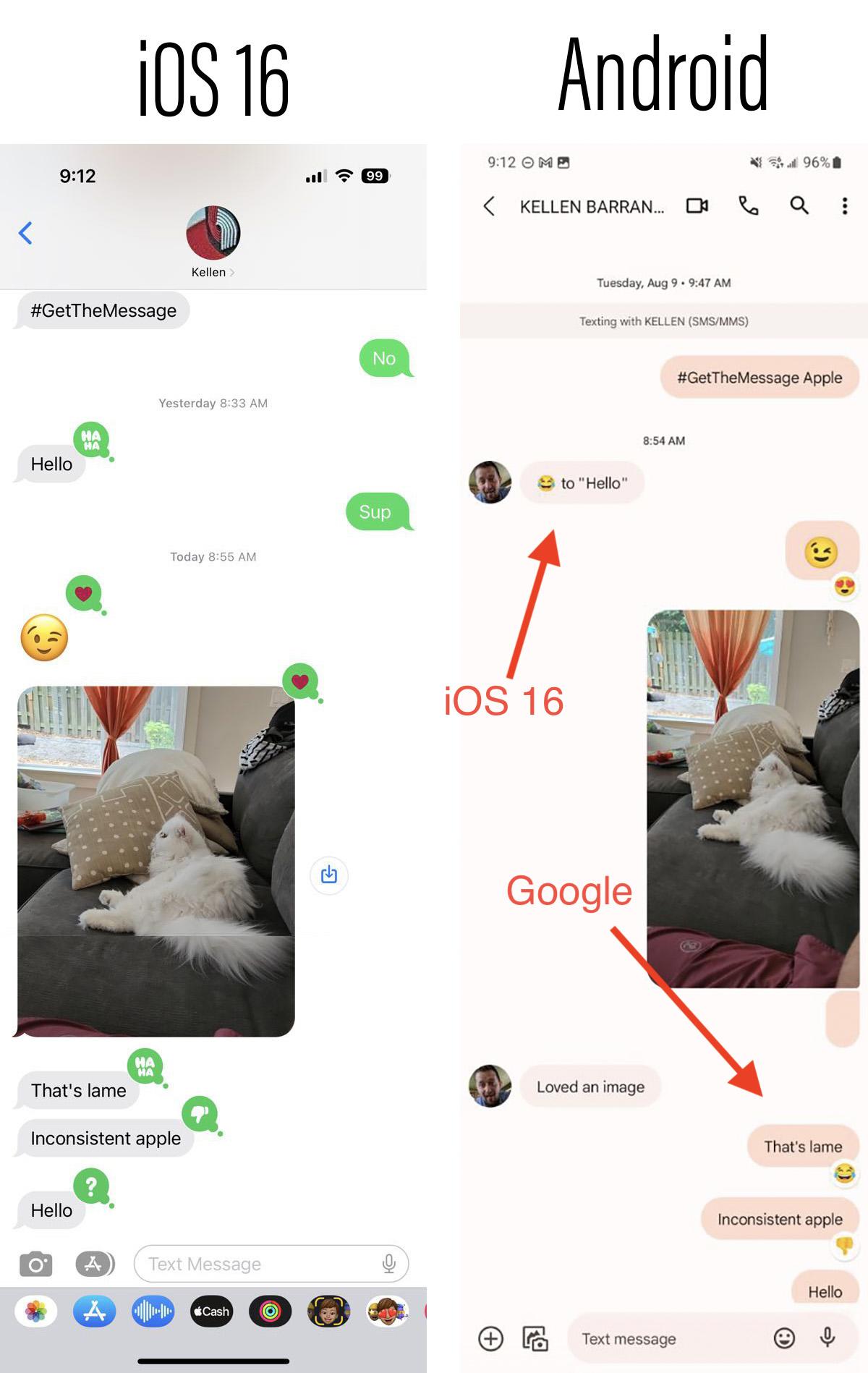
Decoding Emoji Responses How Android Displays iMessage Reactions Differently
When an iMessage reaction is sent, Android devices no longer receive a bland text notification but instead display the exact emoji that represents the reaction. This change bridges the communication gap, allowing Android users to experience the same visual feedback that iPhone users do. The system interprets the underlying reaction metadata and translates it into familiar emoji characters, making conversations feel more natural and expressive across platforms.
Here’s how the new display aligns with iMessage reactions:
- Heart Reaction – Seen as a ❤️ emoji, conveying love and approval directly.
- Thumbs Up – Rendered as 👍, signaling agreement or confirmation.
- Thumbs Down – Shown as 👎, expressing disapproval or disagreement.
- Laugh – Displayed with the 😂 emoji, highlighting humor and amusement.
- Exclamation – Appears as ❗, emphasizing urgency or surprise.
- Question – Marked by ❓, indicating confusion or the need for clarification.
| iMessage Reaction | Android Emoji Display | Meaning |
|---|---|---|
| Love | ❤️ | Expresses affection or strong liking |
| Like | 👍 | Shows agreement or approval |
| Dislike | 👎 | Conveys disagreement or rejection |
| Laugh | 😂 | Indicates something funny |
| Emphasize | ❗ | Highlights importance or surprise |
| Question | ❓ | Asks for clarification or expresses doubt |
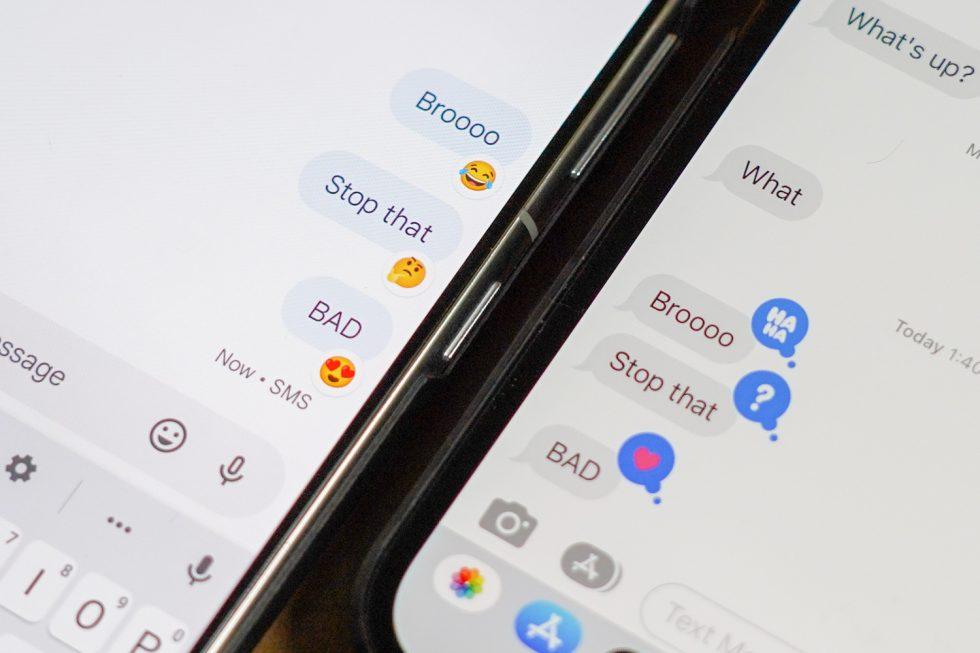
Bridging the Communication Gap Tips for Clear Messaging Between iPhone and Android Users
When texting between iPhone and Android users, clarity in expressing emotions and reactions is key to avoiding misunderstandings. Since iMessage reactions now convert to emoji on Android devices, it’s important to recognize how these symbols might be interpreted differently depending on the operating system. For example, a simple “heart” reaction on iPhone translates to a ❤️ emoji on Android, ensuring both parties share the same sentiment despite platform differences. To make your messages more universally understood, consider the following tips:
- Use universally recognized emojis: Stick to emojis with standard meanings, like thumbs up 👍 or smiley faces 😊, to ensure your intent is clear.
- Clarify reactions with text: When in doubt, add a brief message alongside your emoji reaction to provide context.
- Be mindful of tone: Some emojis may come across differently due to design variations between systems-test your message’s tone if it’s sensitive.
| iPhone Reaction | Android Emoji | Meaning |
|---|---|---|
| Love | ❤️ | Express affection or approval |
| Laugh | 😂 | Show humor or joy |
| Emphasize | ‼️ | Add urgency or importance |
| Question | ❓ | Indicate confusion or inquiry |
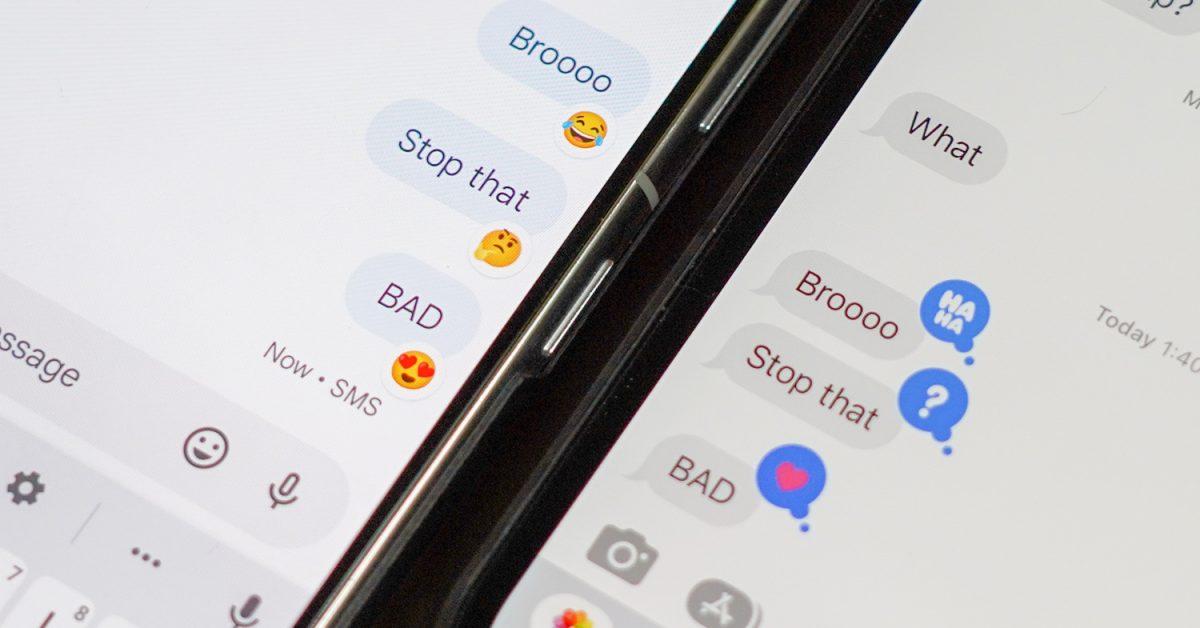
Optimizing Your Chats Best Practices for Using iMessage Reactions Across Platforms
When using iMessage reactions across iOS and Android, clarity is the key to smooth communication. Since iMessage reactions now appear as corresponding emoji on Android, it’s essential to recognize that the tone and context can sometimes shift depending on the platform’s emoji rendering. To avoid confusion, consider the following best practices:
- Use reactions sparingly: Overloading messages with multiple reactions can overwhelm Android users and dilute your intent.
- Match tone appropriately: Certain reactions like the “heart” or “laugh” emoji carry emotional weight differently on Android, so select reactions thoughtfully to maintain the intended mood.
- Confirm misunderstandings: If an Android friend seems puzzled by a reaction, follow up with a quick message to clarify.
To help you visualize the common iMessage reactions and their Android emoji equivalents, refer to the table below. Knowing these equivalents can enhance how you use reactions in cross-platform conversations:
| iMessage Reaction | Android Emoji Appearance | Description |
|---|---|---|
| Thumbs Up | 👍 | Approval or agreement |
| Heart | ❤️ | Love or strong positive feeling |
| Laugh | 😂 | Humor or amusement |
| Exclamation | ❗ | Emphasis or surprise |
| Question | ❓ | Confusion or inquiry |
Final Thoughts
As the digital bridge between iPhone and Android users grows stronger, the simple act of reacting to a message takes on a new, colorful life. With iMessage reactions now translating into universally recognized emojis on Android, conversations feel more connected, expressive, and inclusive than ever before. It’s a small change, but one that speaks volumes-reminding us that good communication transcends platforms, turning everyday chats into moments of shared understanding. Whether you’re sending a thumbs-up or a heart, your reaction now speaks the same language, no matter which screen you’re looking at.

